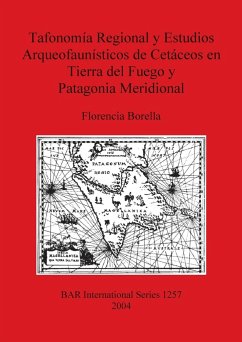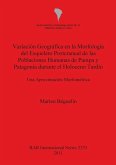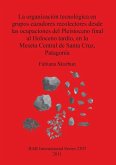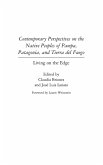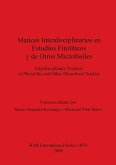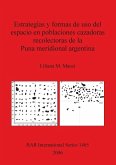In this volume the author interprets the significance of cetacean remains found at the main coastal archaeological sites of Tierra del Fuego and Patagonia, as well as evaluating the integrity of cetacean archaeofaunal assemblages. Cetacean remains from coastal sites corresponding to terrestrial hunter-gatherer groups that used the Atlantic littoral for the past 2,000 years were analyzed; the theoretical framework of evolutionary ecology formed the basis of the research. The studies were focusedon the northern coast of Tierra del Fuego and on the southern coast of continental Patagonia - the main sites including Rancho Donata, Punta María, San Pablo, San Genaro, Bahía Crossley, Cabo Vírgenes and Bahia Posesión. In turn, the author comparesthe most relevant results with archaeological bone assemblages from the regions. As the study focused on animals that have been little explored from both an archaeological and a taphonomic perspective, the author has considered anatomical and ethological aspects of themost important cetacean species.
Hinweis: Dieser Artikel kann nur an eine deutsche Lieferadresse ausgeliefert werden.
Hinweis: Dieser Artikel kann nur an eine deutsche Lieferadresse ausgeliefert werden.

